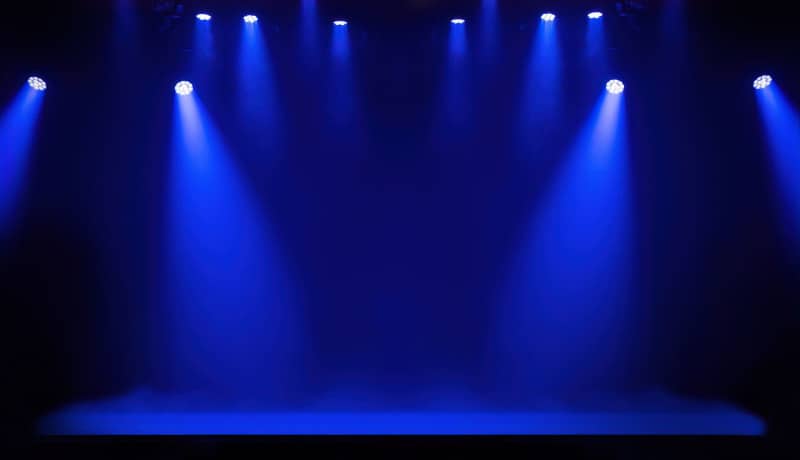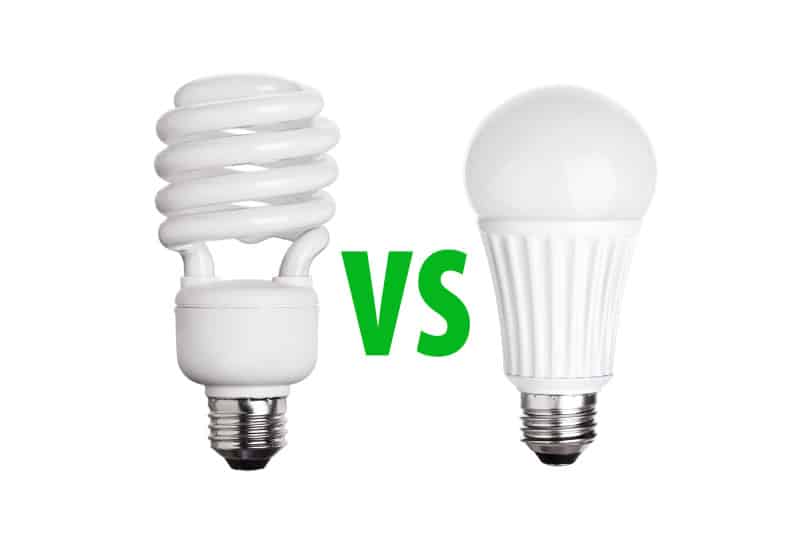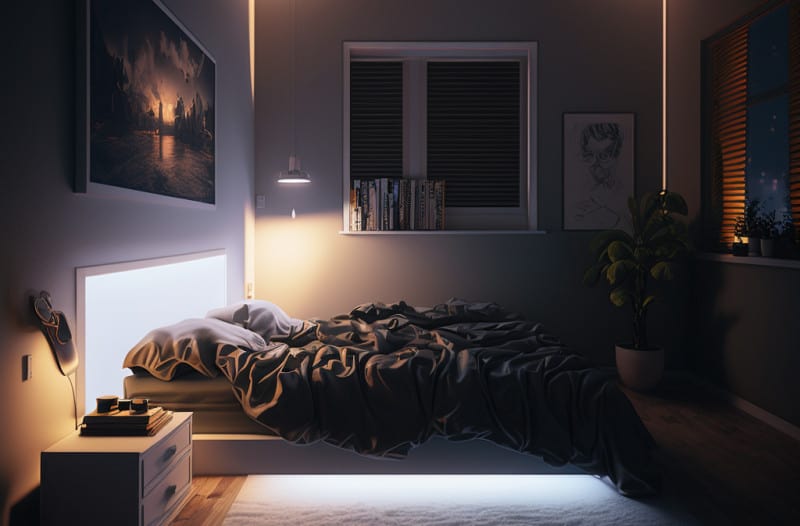The magic of theater is in its ability to captivate audiences, and the unsung hero behind the curtain is often the lighting.
Enter LED lights, an increasingly popular choice in theater for their versatility and efficiency, capable of capturing the drama, subtlety, and spectacle of any performance.
We’re going to take a look at the fundamentals of theater lighting, particularly the importance of the Color Rendering Index (CRI) and how to select the perfect LED lights for your stage.
We’ll also discuss the many benefits of LEDs, from their energy-saving prowess to their longevity, and explore the different types available while comparing traditional and wireless options, to help you make an informed decision for your theater.
The Role of Color Rendering Index (CRI)
In the world of theater lighting, one concept really stands out, and it’s called the Color Rendering Index, or CRI for short.
You see, CRI is a measurement that tells us how accurately a light source, like an LED light, can reproduce colors. And trust me, in a theater, this is absolutely vital.
Imagine you’re watching a play, and the actress steps out in a bright red dress, but because of poor lighting, it looks more like a dull brown. Not exactly the impact the director was going for, right?
This is where CRI comes in. The higher the CRI of a light source, the more faithfully it reveals colors. A CRI of 100 is like natural sunlight – perfect color rendering.
LED lights for theaters typically aim for a high CRI, over 90, to ensure that costumes, sets, and actors’ expressions are seen in the best light, literally and figuratively.
The Lighting Research Center at Rensselaer Polytechnic Institute, one of the most respected research centers on lighting, has a lot to say about CRI. According to them, CRI is crucial for any application where color appearance matters – like our theater scenario.
The International Commission on Illumination, also known as the CIE, is another big fan of CRI.
They’re the folks who actually developed the CRI rating system. According to them, higher CRI values mean better color rendering, exactly what we want in a theater.
Selecting the Best LED Lights for Your Theater
Choosing the best LED lights for your theater might feel like a mammoth task.
First off, remember our friend CRI? As we discussed earlier, a high CRI is essential for showing off all those vibrant colors on stage. But let’s add another character to this story – it’s called color temperature.
Color temperature refers to the warmth or coolness of light, measured in Kelvins. Lower numbers, like 2700K, give a warm, cozy light, while higher ones, like 5000K, give a cool, bluish light.
The Lighting Design Lab suggests selecting a color temperature that matches the mood of your scene. Imagine a romantic dinner scene – you’d want a warm light to set the mood, right?
Then, we’ve got the question of brightness, or lumens. Lumens tell us how much light is being emitted. For theater, brighter isn’t always better – you need just the right amount of light to illuminate the actors without blinding your audience.
The Illuminating Engineering Society, the recognized technical authority on illumination, provides guidelines on the appropriate brightness for different situations.
And then there’s the beam angle. This is how wide or narrow the light from your LED is.
According to the folks at LEDwatcher, a narrow beam angle can focus light on a particular area, like a spotlight on a lead singer, while a wide angle could illuminate a larger area, like the whole stage during a big dance number.
When you’re choosing LED lights for your theater, remember: CRI, color temperature, brightness, and beam angle are your new best friends.
Advantages of Using LED Lights for Theater Productions
Switching to LED lights for theater productions isn’t just about better color and flexibility.
It’s also about being kind to our planet and our wallets.
Yes, I’m talking about energy efficiency and cost-effectiveness, and LED lights are pretty much the star of the show here.
You see, LED lights are way more energy-efficient than traditional lighting options. According to the US Department of Energy, LEDs use at least 75% less energy than incandescent lighting.
That’s a whopping difference!
But what does this mean for your theater?
Well, less energy used equals less money spent on electricity bills.
In a theater, where lights are running for hours during rehearsals and performances, this can add up to significant savings.
LEDs don’t just save energy; they also last longer. The Energy Information Administration states that an LED light can last up to 25 times longer than traditional light bulbs.
Imagine not having to replace your theater lights after every few productions. That’s a lot of time, effort, and money saved!
Now, let’s get a perspective from an industry insider.
The National Theatre in London made the switch to LED lights and reported that they saw a 70% reduction in their energy use. That’s a real-world example of how LEDs can make a huge difference.
Consider this: you’re staging a production of Hamlet. It’s a long play, and your lights are on for hours every day.
If you’re using incandescent lights, you’re using more energy and you’ll likely need to replace bulbs during the run of the show.
But if you’re using LEDs, you’re using less energy and the lights will likely last through the entire production and beyond.
Over time, the savings in energy and maintenance costs can help cover other theater expenses, like costumes or set pieces.
Different Types of LED Lights for Theaters
When it comes to LED lights for theaters, one size definitely doesn’t fit all.
Different scenes and effects call for different types of lights, and I’m going to discuss the three major players: the spotlight, the floodlight, and the washlight.
Let’s start with the spotlight, which is all about focus and precision.
As the folks at Stage Lighting Store explain, spotlights produce a narrow beam of light that can be directed at a specific area or person.
Imagine a solo performance, where the rest of the stage is dark, and only the performer is illuminated. That’s the spotlight doing its thing.
Then we have the floodlight. This is the spotlight’s more expansive cousin.
A floodlight emits a wider beam, lighting up a large area of the stage. According to LEDwatcher, floodlights are great when you want to reveal a larger scene or a group of actors.
Imagine a bustling marketplace scene with lots of actors; a floodlight could help illuminate the whole bustling action.
And then we have the the washlight. This one is all about creating atmosphere.
Washlights flood the stage with color, creating moods and effects. As the lighting experts at Learn Stage Lighting point out, washlights can paint the stage with the colors of a sunrise, a spooky green forest, or a cold, blue winter’s day.
But how do they compare?
Well, it’s like comparing apples, oranges, and bananas – they each have their unique role.
A spotlight can highlight an important moment or actor. A floodlight can illuminate a large scene or ensemble. And a washlight can create atmosphere and mood.
Control Systems for LED Theater Lighting
Choosing the right LED lights for your theater is only half the battle.
The other half?
Figuring out how to control them.
For this, there are two main options: DMX512 and wireless control systems.
Let’s start with DMX512, which sounds like a cool new robot, but it’s actually a standard for digital communication networks commonly used in stage lighting.
According to the Entertainment Services and Technology Association, the folks who developed the DMX512 standard, it’s like the conductor of an orchestra, directing each individual light, or player, to do its thing at just the right time.
The advantage?
It’s reliable, and it’s been the industry standard for a long time, so many lighting designers are familiar with it.
Next up is the the wireless control systems.
These bad boys let you control your lights without all the cables and wires.
According to the experts at Wireless Solution, a leading manufacturer of wireless lighting controls, these systems offer flexibility and ease of installation.
The lack of cables allows your stage to be cleaner and safer.
So, how do you choose between these two?
If you’ve got a fixed installation and reliability is your top priority, DMX512 might be the way to go.
But if you’re constantly changing your setup or want to avoid the hassle of cables, a wireless system could be a better fit.
Conclusion
LED lights are not just transforming theater productions today, but they are also paving the way for future innovations in theater lighting.
As the technology continues to evolve, the potential for even more precise color control, energy efficiency, and versatile lighting effects will only increase.
In the world of theater, where the right lighting can make or break a scene, LED lights are indeed a game-changer.






